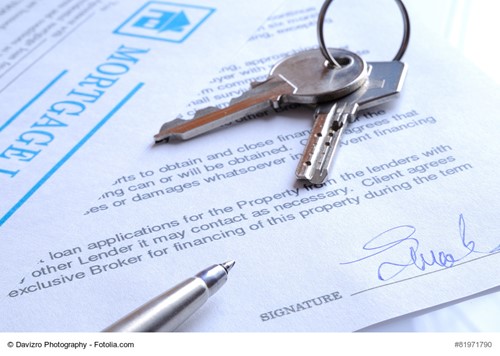 Applying for a mortgage can be a lengthy and difficult process. Lenders want to know that they are going to get a return on their investment.
Applying for a mortgage can be a lengthy and difficult process. Lenders want to know that they are going to get a return on their investment.
To ensure that they’ll see that positive return they will take a number of things into consideration, such as your income, credit score, employment history, and financial capital.
First-time homeowners often struggle when it comes to these prerequisites since they have fewer years of numbers for lenders to consider. If you’re one of those people, don’t worry--you can still purchase a home.
First-time homeowner loans, which are guaranteed by the U.S. government, and a number of private loans enable people to borrow money for a home without paying a huge down payment or having a vast credit history.
One downfall of said loans is private mortgage insurance, or “PMI.”
In this article, we’re going to talk about what private mortgage insurance is, how to avoid it, and how to get rid of it.
What is PMI?
If you make a down payment on a mortgage that is less than 20% of the loan amount, you will most likely have to pay private mortgage insurance.
PMI exists as a way for lenders to help guarantee they won’t lose money off of your loan. If you make a down payment of 20% or more, then lenders are typically satisfied that they won’t lose money from doing business with you.
PMI is not to be confused with home insurance, which protects you against damage and theft. Rather, it is an additional fee you’ll pay to your lender each month that is added to your mortgage payment.
PMI is calculated based on a few considerations. Lenders will take into account your down payment amount, the value of the mortgage, and your credit score.
In terms of costs, PMI typically costs between .5 and 1% of the total mortgage amount each year.
Avoiding PMI
Naturally, it’s best to avoid paying private mortgage insurance altogether. Private mortgage insurance has no future value for you and your family since it doesn’t count towards building equity and doesn’t protect you from any potential financial harm (your lender is the sole beneficiary of PMI).
Saving for a down payment can take time, and sometimes you’ll need to rent or cut costs while you save. However, if you do take on a loan with PMI, you can still cancel it at a later point.
Canceling your private mortgage insurance
The first thing you should know about canceling PMI is that it usually isn’t easy. You’ll need pay off at least 20% of the home, write a letter to your lender, and wait for an appraisal of the home. Once you’ve done this, you still have to wait while your lender considers your request. In all, this process could take months--months that you’re still required to pay PMI.
Once common way to get out of PMI is to refinance. If the value of your home has increased since the time of you taking on the loan, the new lender likely won’t require PMI. However, you’ll want to make sure that refinancing will get you a lower interest rate and cover the costs of refinancing.
About the Author
